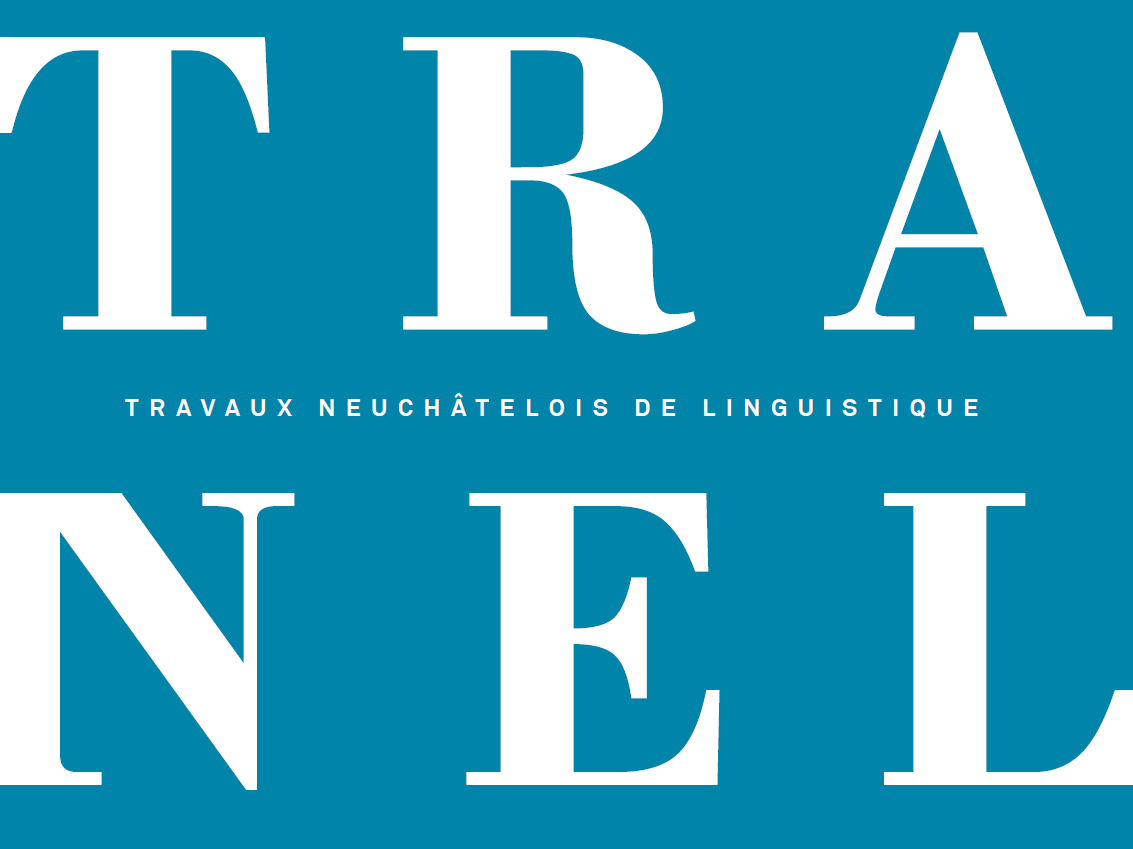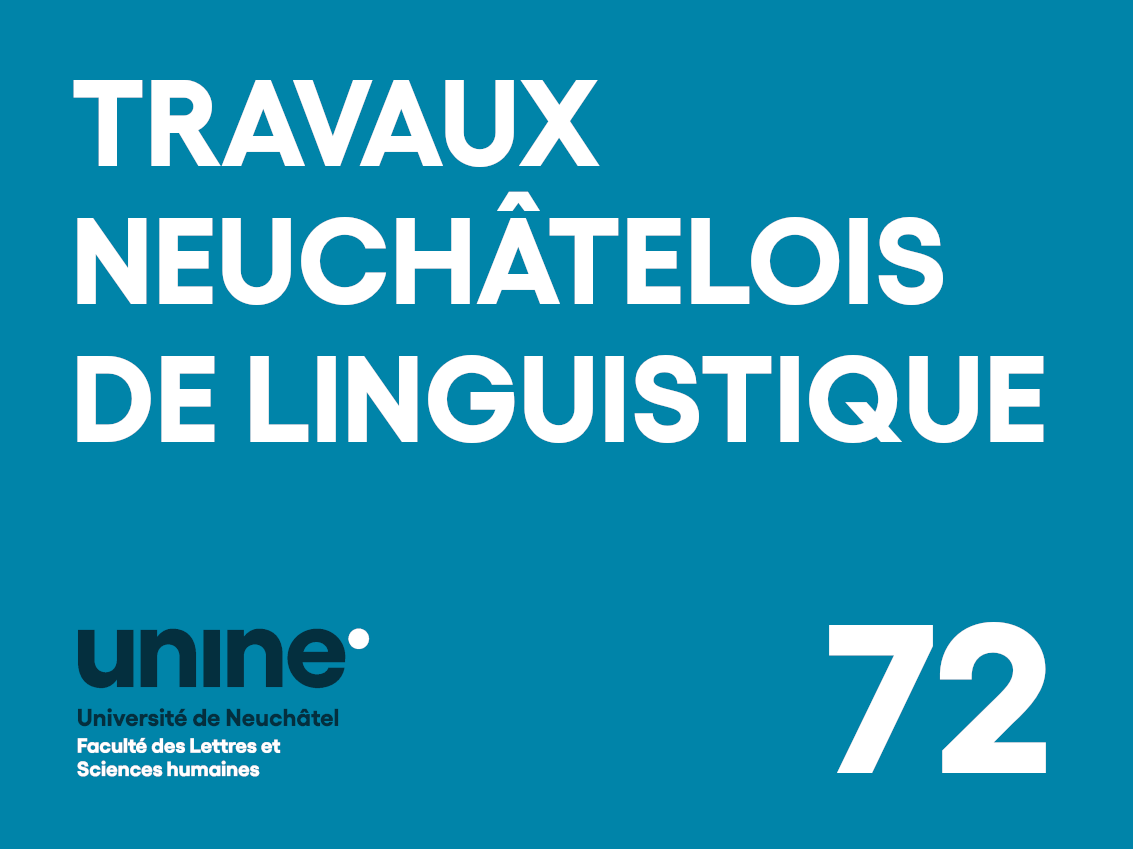Le défi de l'évaluation langagière des enfants bilingues : état des lieux des ressources disponibles en logopédie
DOI:
https://doi.org/10.26034/tranel.2020.2908Abstract
Approximately 7% of monolingual and bilingual children have a developmental language disorder (Kohnert 2010). These children need to be assessed and diagnosed, and offered appropriate care. Speech and language therapists are responsible for assessing and managing the language of monolingual and bilingual children. The language assessment of bilingual children is a challenge for speech and language therapists (Boerma & Blom 2017; Estienne & Van der Linden 2014; Tuller & al. 2018) because it is currently hard to distinguish between difficulties related to a developmental disorder and a possible delay due to the bilingual situation as both populations present similar errors. (Armon- Lotem 2012). The lack of resources and adapted assessment tools enhances the challenges in differentiating the two populations (Kehoe 2009). The purpose of this paper is therefore to provide an overview of the current knowledge about bilingual language development and developmental language disorder, to show speech and language therapists' difficulties with bilingual language assessments, and to draw up a list of the current resources available to them. Several tools will be described and research attesting to their effectiveness in differentiating between bilingual children with and without language disorders will be presented. We will then discuss their relevance to practice using a clinical vignette.Downloads
Published
2020-01-01
How to Cite
Schwob, S. (2020). Le défi de l’évaluation langagière des enfants bilingues : état des lieux des ressources disponibles en logopédie. TRANEL, (72), 63–87. https://doi.org/10.26034/tranel.2020.2908
Issue
Section
Article varia


